In the last Friday Footnote we learned that Universal Uniform, the longtime supplier of FFA jackets, had declared bankruptcy in 1989-90 and DVB Enterprises of Kansas City, Missouri was awarded a three year contract to make FFA jackets. However, DVB Enterprises turned out to be, in the language of music, a one hit wonder (with wonder being why did they get the contract).
DVB Enterprises did sponsor the appearance of Zig Ziglar at the 1990 FFA Convention. However, this did not offset the concern about the quality of the jackets made by DVB. An article in the February-March 1991 issue of FFA New Horizons addressed the problem. It was reported that the jackets had flawed stitching and “oddly colored corduroy”. The jackets produced by DVB had an obvious purple tint. The Director of the FFA Supply Service, Dennis Shafer, indicated that FFA members unhappy with their jackets should return them for a replacement. Mr. Shafer said (p. 4) “any sub-standard jackets were the results of the new manufacturer, DVB Enterprises…having to gear up too quickly to produce the jacket.” See Figure 1 for more detail.
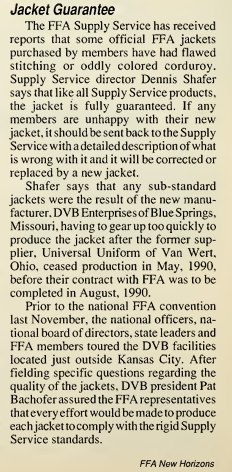
Figure 1. Article from the February-March 1991 (Volume 39, Number 3) of FFA New Horizons
So, what should be done about the FFA jacket situation? One solution was to find other suppliers for FFA jackets. The FFA Board minutes from November 1991 indicate that five states had done this on their own. The Board minutes (p. 10) reveal “A letter has been sent to State Advisors indicating that FFA Policy does not allow States to authorize the production of FFA jackets. A copy of that letter was mailed to you. A draft of that letter was sent to the five State Advisors currently authorizing jacket manufacture ahead of time and their input was received prior to the national mailing.” The five states were not identified in the minutes.
The same minutes also contained this statement “Due to reduced demand for corduroy in clothing FFA’s present supplier may discontinue manufacturing. FFA is exploring its options.” The present supplier at that time would be DVB but they are not mentioned by name. The name DVB disappears from the online FFA archives in 1992.
We do know, according to an article in the November 1992 Kansas City Star, that a group of investors bought the Universal Plant in Van Wert and had received a contract with the FFA to produce jackets in the spring of 1992.
Administrative changes in the FFA in the early 1990s makes it difficult to track the history of the jacket from that point on. For example the January 25, 1993 Board of Directors minutes indicate there is a discussion of the jacket lead by the Ventures Team Leader but no details are given about the discussion. Also the contracts for FFA items such as jackets no longer had to be approved by the FFA Board. They had to be approved by the FFA Team Leader, Chief Operating Officer, and Chief Executive Officer of the FFA. Thus, the minutes rarely contained details about the jacket supplier or suppliers from the 1990s on.
The Proceedings of the 1992 FFA convention (p. 65) indicate the jacket problems continued. The Marketing and Merchandising Committee recommended that the FFA “Continue to seek solutions to the official jacket fabric and stitching quality problems.”
The FFA Marketing and Merchandising committee at the 1993 convention recommended (Proceedings, p. 61)
- Examine the official jacket for better quality, especially the side clasps, fraying emblems and the color, which sometimes has a purple tint.
- Make a better-fitting official jacket for female members that includes darts.
So, it is obvious that action must be taken regarding the FFA jacket. However it took a while.
Introducing FFA Jacket 3.0
The October 2003 (Volume 12, Issue 2) newsletter FFA Advisors Making a Difference contained a lengthy article titled “Official FFA Jackets News”. One of the first paragraphs stated:
Seventy years of tradition surround the fabled FFA jacket. Made of blue corduroy from the beginning, the jacket has undergone gradual changes over the years—changes that added together are significant.
Some of the significant changes in the jacket were described in last week’s Friday Footnote (The FFA Jacket 1.0 and 2.0). This week we will delve into other significant changes that leads us to Jacket 3.0.
In the early 2000s the National FFA was thinking about creating a commemorative FFA jacket to celebrate the 75th anniversary of the FFA. In researching the jacket a number of “discoveries” were made (Making a Difference, 2003, p. 10):
- There had been subtle styling changes over the years that were typically for the better.
- The original national blue color had evolved over time to be more navy blue (and had at times been purplish).
- The embroidered FFA emblems were more orange than corn gold.
- The emblems lacked the detail of the earlier emblems.
- Some quality construction details had been eliminated to cut costs.
The National FFA Organization developed a three-year plan to re-invent the FFA jacket – thus becoming Jacket 3.0. The goal was to restore some of the lost detail to the jacket and maintain or lower the cost while maintaining quality.
The National FFA decided (p. 10) to “develop offshore sourcing for the cutting and sewing of a portion of jacket production to lower costs.” It was expected that the overall quality would be better (more stitches per inch, better trimming, clearer emblem details). This action was approved by the National FFA Board of Directors in July of 2001.
To get member “buy in” the delegates at the 2002 National FFA Convention discussed at length the issue of “Global Sourcing.” The following resolution was passed by the delegates (Convention Proceedings, 2002, p. 15):
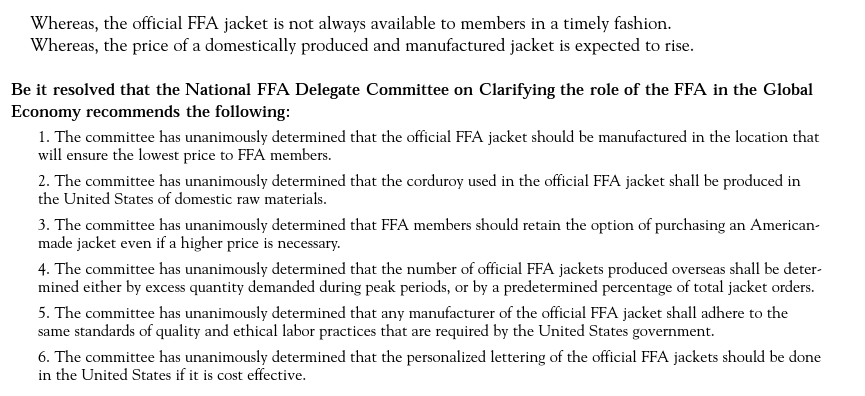
Figure 2. From the 2002 National FFA Convention Proceedings.
Producing Jacket 3.0
Let’s start with the corduroy. The FFA worked with the fabric supplier in North Carolina to develop a new color standard for the corduroy. Samples of fabric from the archives of Universal Lettering Company were retrieved and used as the reference to replicate the original national blue color. This insured the jacket of the future would not be dark navy blue or purple.
The corduroy was 100% American grown cotton and was dyed and finished in North Carolina. It was then shipped to either South Vietnam or Universal Lettering in Van Wert, Ohio where it was cut, sewn and had emblems attached. The jackets made in South Vietnam were shipped to Ohio for lettering. The original plan was to limit the number of jackets from South Vietnam to 20 percent with the maximum not to exceed 50 percent in any given year.
Initially, for the jackets made in Vietnam, the label stated, “Made in Vietnam.” Chapter advisors from the Vietnam War Era, resisted these. Ultimately, the jacket was labeled “Assembled in Vietnam of American Fabric.” The jackets made in Ohio carried the “Made in USA” label but cost more than the Vietnam produced jackets.
When the contract for emblems came up for bid in 2003 suppliers were asked to create an emblem identical to the original in both design and color. Additionally, the emblem on the front and back of the jacket had to look the same. This edict resulted in emblems of high quality and detail. They started appearing on jackets in 2004.
Along with the aforementioned changes, a decision was made to readjust the fit of the FFA jacket. In 2004 the National FFA contracted with the Clemson University’s Apparel Research Center to create new patterns that would fit today’s students more appropriately. Sara Betts, a Clemson research associate, worked with students from four FFA chapters in South Carolina to create new patterns for the FFA jacket. The students served as the models for the new patterns.
Sara carefully studied the official jacket and made changes to improve the sizing and fit while retaining the classic look. Double needle stitching that was originally used on the side seams, underarms, sleeves and shoulders was also re-introduced in the jacket. Other changes were made to make the manufacturing of the jacket easier. Thus, we ended up with FFA Jacket 3.0.
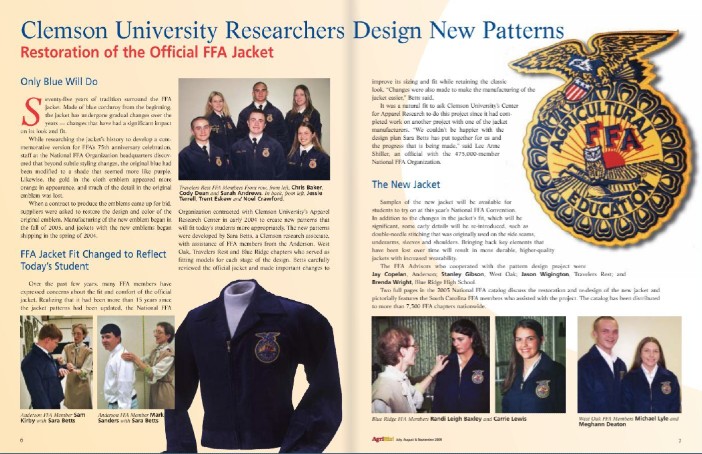
Figure 3. Article about the FFA jacket redesign from the July-Sept 2004 AgriBiz Magazine.
Today Universal Lettering in Van Wert, Ohio makes customized jackets for FFA members and also does the lettering on all FFA jackets. They also handle and distribute ShopFFA merchandise. The FFA still continues to outsource the cutting and sewing of jackets to a company in South Vietnam.
In January of 2023 three additional sizes were added to the standard FFA jacket assortment. They are size 58 and 60 for men and size 52 for women.
Concluding Remarks
This year we celebrate the 90th anniversary of the FFA jacket. It is an enduring icon associated with agricultural education and the FFA. No telling how many FFA jackets are hanging in closets across the country. Former FFA members revere their association with the FFA. This is something we can be proud of because the jacket is a silent testimony of the values associated with the FFA.
Other organizations have tried to emulate the FFA jacket. The November 1991 FFA Board Minutes state that:
VICA (Vocational Industrial Clubs of America, the forerunner of SkillsUSA) has come out with a red jacket patterned after the FFA jacket. You may know that a number of years ago 4-H was given permission to produce a green jacket patterned after FFA’s jacket. Legal Counsel suggest that we do not have grounds to prevent VICA from patterning their jacket after FFA’s.
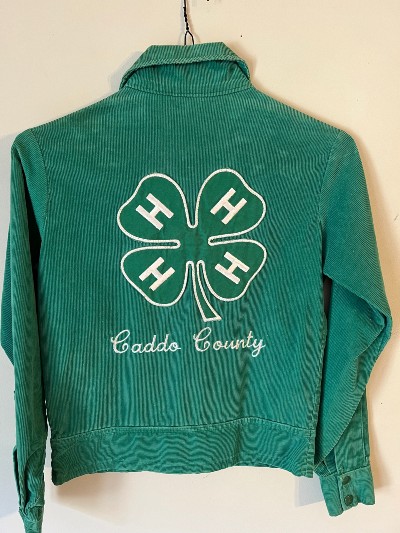
Figure 4. A 4-H corduroy jacket from Oklahoma.
The Universal Uniform Company also made FHA (Future Homemakers of America) jackets. The image below is of a 1964 FHA jacket.
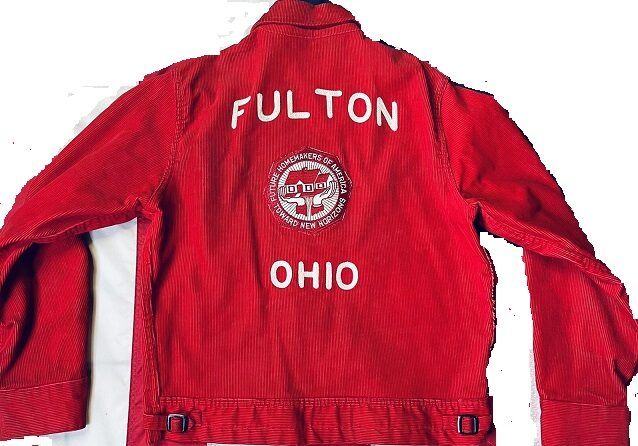
Figure 5. Image courtesy of David Laatsch.
FFA jackets have been wildly popular in foreign countries, especially Japan. The resale of FFA jackets internationally is a booming business. The July 1995 FFA Board Minutes contained this blurb, “The resale of FFA jackets was discussed. Our emblem is not protected by foreign or U.S. vendors who are resaling our used FFA jackets. We are taking no legal steps regarding this issue.”
What can we control in regard to the FFA jacket? We can inform our members of the proper use of the FFA jacket and remind them of the message they are sending while wearing the FFA jacket.
A tip of the hat goes to Dr. Phil Fravel at Clemson University, David Laatsch in Wisconsin, and Lisa Barger, Director of Merchandise and Membership Services at the National FFA Organization for contributing information for this Footnote.
References
Making a Difference (2003, October). Official FFA Jacket News, (12)3. National FFA Organization.
Proceedings, 2002. National FFA Convention.
Clemson University Researchers Design New Patterns, (2004, July, Aug, & Sept). AgriBiz!
